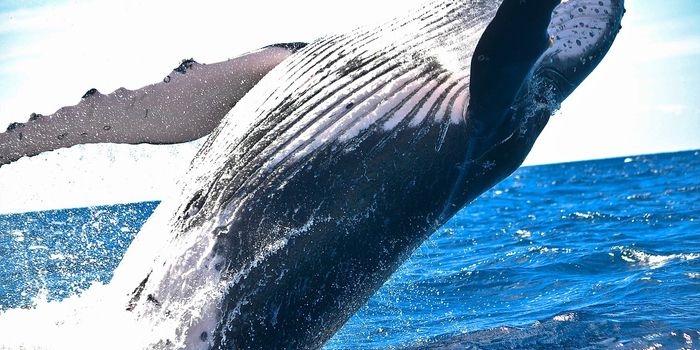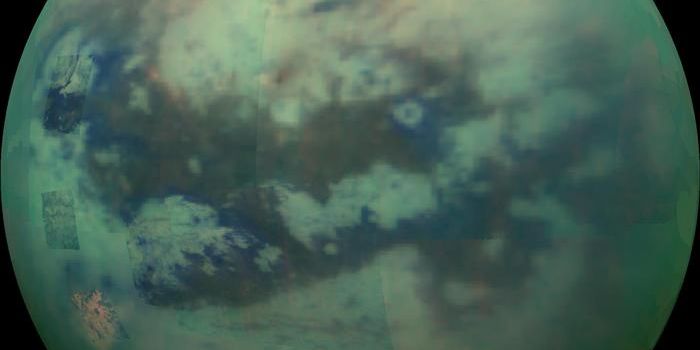Oldest ancient 'marine crocodile' found off the UK Coastline
Along the coast of Dorset, England, is a geologic wonder called the Charmouth Mudstone Formation. Here, you can find people enjoying nature's views, fossil hunting, and walking along the Jurassic coast where now-extinct life once thrived and where prehistoric peoples once inhabited the landscape from the Neolithic to the Iron Age.
The Jurassic Coast was declared a UNESCO World Heritage Site in 2001 because of its rich cache of fossils, spanning a total of 95 miles the length of the coast. It is also recorded as approximately 185 million years old, with its stratigraphy open and exposed in the sea cliffs.
Over 200 million years ago, this coast was once fully submerged underwater and supported a rich marine ecosystem. Over time, the ocean levels tapered, and the tectonic plate separated and drifted north while the seabed remained. The coast contains three distinct segments: the Triassic Red Beds, the Jurassic-Cretaceous mud, sand, and limestones, and the Upper Cretaceous Paleogene chalk formations. Tectonic activity during the mid-Cretaceous lifted Mesozoic sedimentary layers causing sea levels to rise and plates to dislocate.
The water has increasingly destroyed the coast, causing portions of the sediment to fracture almost daily. The public and researchers alike are now embarking on an extraordinary effort of specimen collection and fossil hunting for scientific research before more damage is done.
Recently, researchers discovered the fossil remains of a predatory species of an ancient marine crocodyliform, a thalattosuchian in the area. Specifically, one of the most complete specimens of a Turnersuchus hingleyae to date. This is not the first time we’ve encountered this ancient marine ancestor, in fact they were the first group of fossils cataloged, named, and defined in a scientific journal in 1758.
Collected over 15 months researchers identified cranial material including the majority of the brain casing and the occipital region, portions of the mandible, vertebrae fragments, elements of the scapula, the humerus, right ulna, a potential distal tibia, and several rib fragments. An analysis of the specimen revealed the earliest thalattosuchian material to date which is believed to originate during the Late Triassic or Early Jurassic period. It is estimated to have a median age between 221 and 209 million years ago and is thought to be the ancient sister to today's modern crocodyliforms.
Evolutionary relationships between these ancient creatures and modern crocodyliforms are currently being studied for a better understanding of their feeding habits, migratory patterns, and reproduction. It is currently unknown when these ancient reptiles became extinct and, until more complete and diagnostic specimens are located, understanding their evolution will remain a mystery for fossil hunters and scientists alike.
What we do know is we can expect to find more Turnersuchus from the same period, however digging through the Triassic beds has yet to provide any more viable fossils. As the initial paper was being written, a second discovery in a Moroccan Cave made its way to the headlines, predating the Jurassic Coast specimen.
Sources: Britannica, Earth Magazine, Smithsonian, T and F, Jurassic Coast, Paleontologyonline, Science Direct
Featured Image: Preserved material of Turnersuchus hingleyae gen. et sp. nov. (LYMPH 2021/45) including five main blocks and isolated elements.
Peer-reviewed article by: Eric W. Wilberg , Pedro L. Godoy , Elizabeth F. Griffiths, Alan H. Turner & Roger B. J. Benson https://doi.org/10.1080/02724634.2022.2161909








